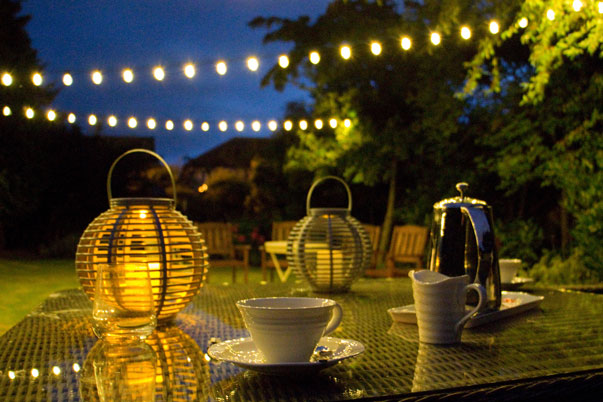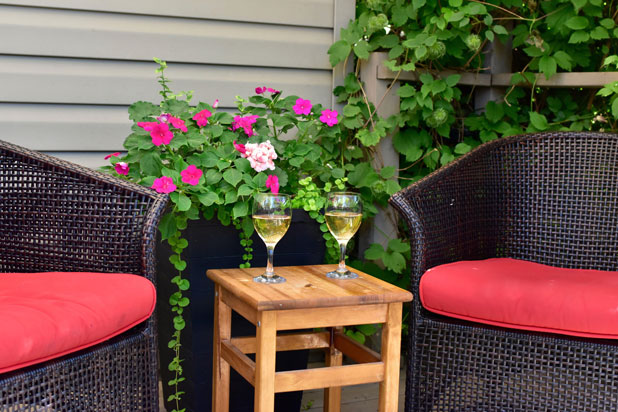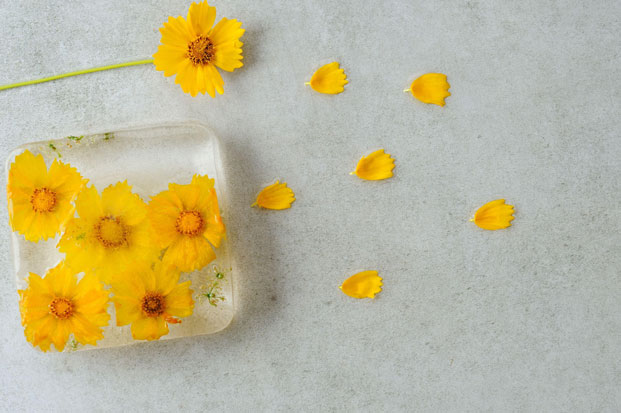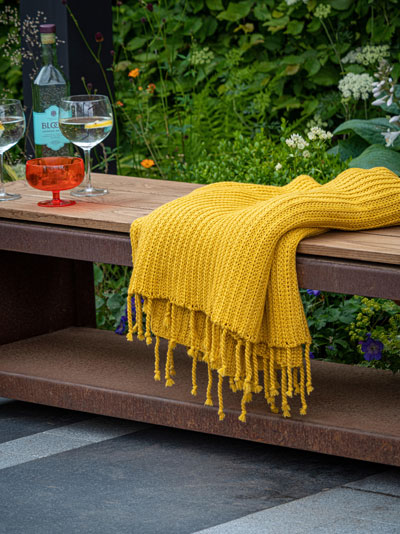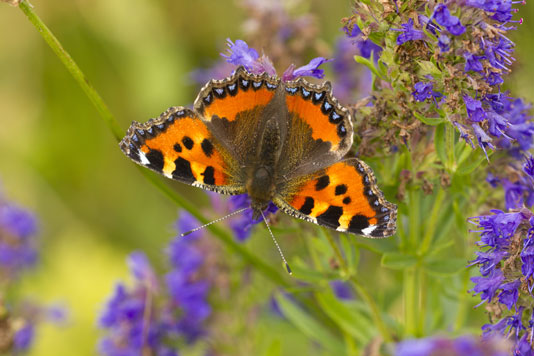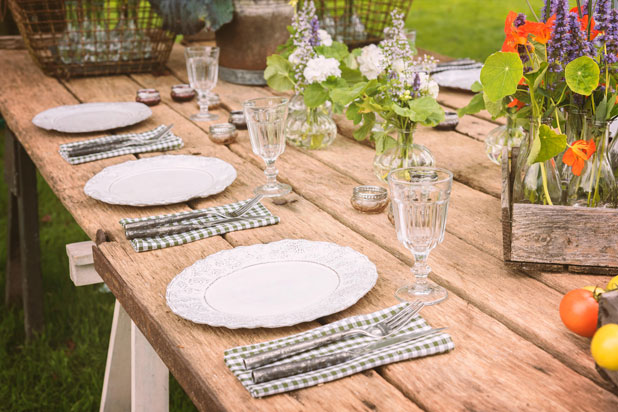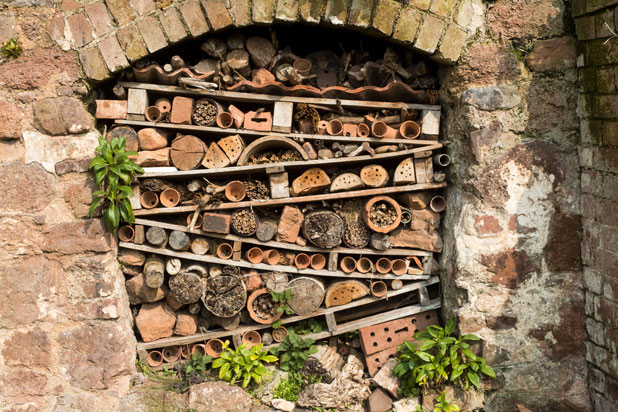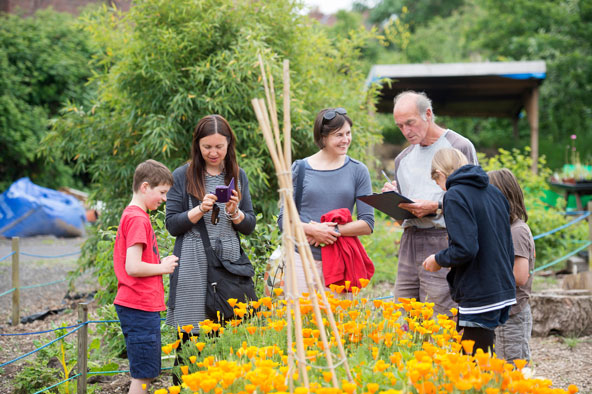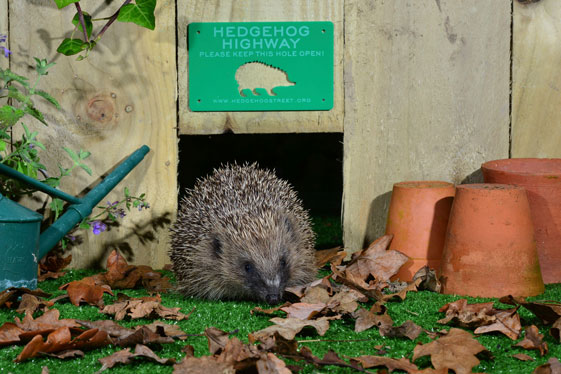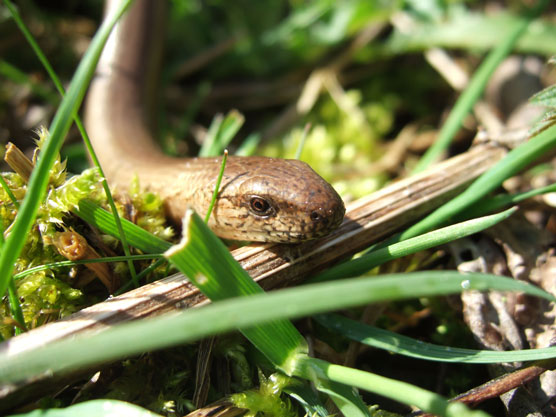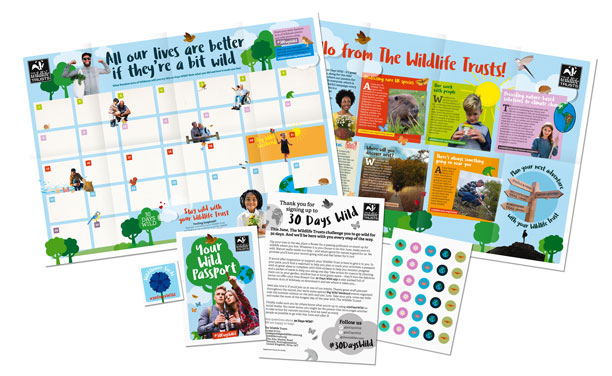Sam Wylie-Harris shops a mix of forest shades.
Calming, optimistic and fresh, the colour green can steer us from summer meadows to manicured lawns, botanical gardens and olive trees.
And when we want to conjure that connecting-with-nature vibe, a variety of plants, green decos and furnishings is the easiest way to achieve that in our homes – and style up a favourite space in the process.
From minty accents to fertile ferns, everything ‘grows’ together with a healthy, grassy palette to play with. These are some of our favourite ways to go green at home this summer…
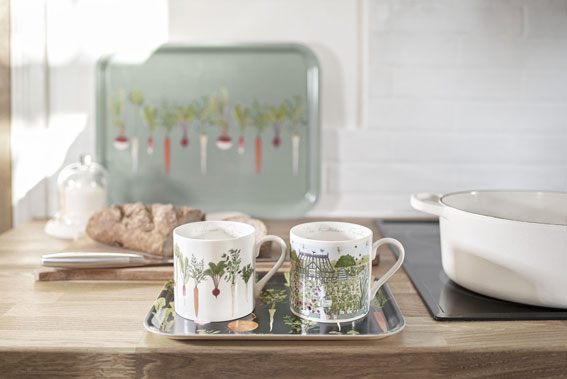
1. Sophie Allport Home Grown Mug and The Kitchen Garden Mug, £12 each (other items from a selection), Sophie Allport
To turn your kitchen into a cottage garden setting, these sweet illustrated mugs evoke thoughts of vegetable patches, foxgloves and a wall of climbing roses.
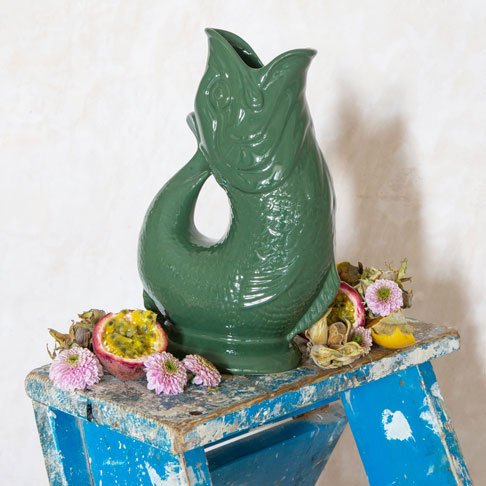
2. Gluggle Jug in Woodland Green, £39, Graham & Green
If you’re a Jenny-come-lately to the joy of gluggle jugs, now’s the time to snap up one of these fish-shaped pitchers. Famed for making a gurgling sound – think how much better your Pimm’s will sound and taste – they also make brilliant vases for showing off those pink peonies.
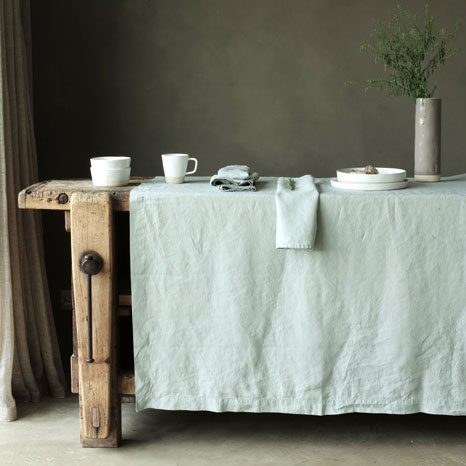
3. Sage Green Linen Table Cloth, £89, Graham & Green
Sage green is cited as the shade of the season and thanks to its versatility (it’s the neutral on the colour chart), it works like a dream in interiors. Made out of stonewashed linen, picture a bowl of avocados and some recycled glass tumblers artfully placed atop this table cloth, to pull it all together.
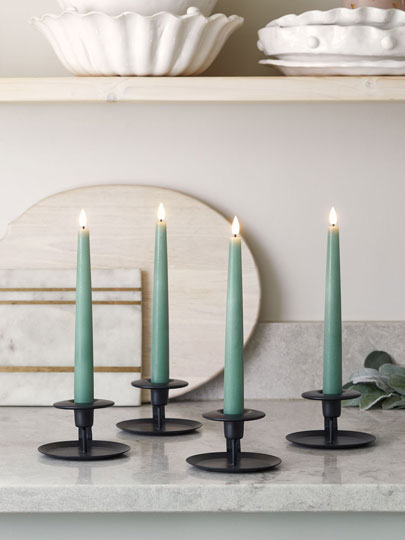
4. Set of 4 Eucalyptus Green TruGlow Taper Candles, £29.99, Lights4fun (available from July)
Whether it’s a rustic setting with cabbage-green earthenware plates or something more serene, tablescaping with LED tapered dinner candles is so much easier without the worry of wax dripping.
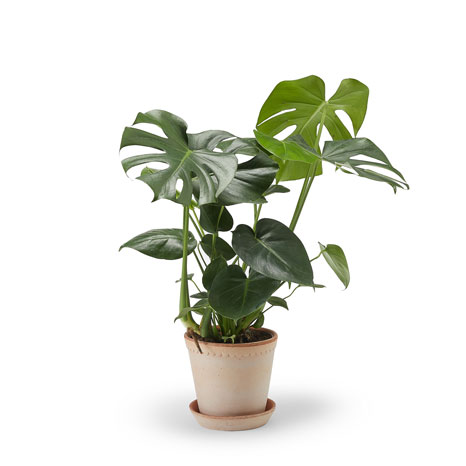
5. Monstera Deliciosa & Helena Rose Pot, £56 (£48 Soho Home member), Soho Home
A collaboration between Soho Home and Leaf Envy, what could be easier than festooning with foliage in your own ‘House’, with their carefully edited selection of real house plants and pots, similar to those you’ll find around Soho House members’ clubs.
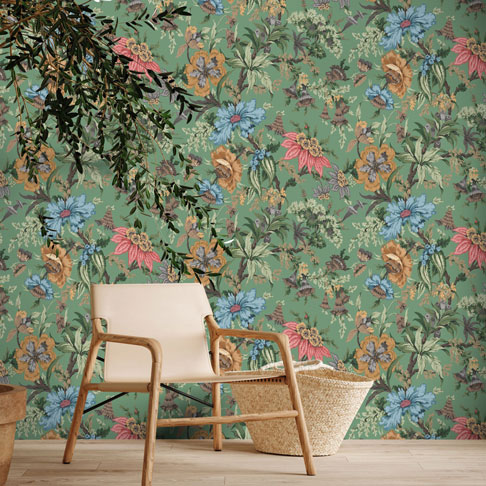
6. Onism Moss Green Wallpaper, £85 per roll, Woodchip & Magnolia
Larger than life, if you’re feeling brave, think about creating a wonder wall of wild flowers for maximum impact. The different colour combinations in this delightful paper can be picked up with an accent chair, scatter cushion or decorative piece of furniture.
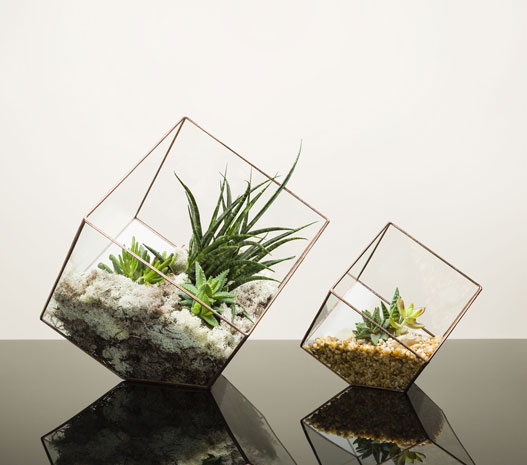
7. Copper Cube Terrariums, from £69.95, The Urban Botanist
Housed succulents make a stunning edition, especially when your trump terra has been hand-picked by a team of botanical experts. Each copper frame is designed to house a selection of three succulents resting on a bed of gravel, with the option to add lights. We’re in.
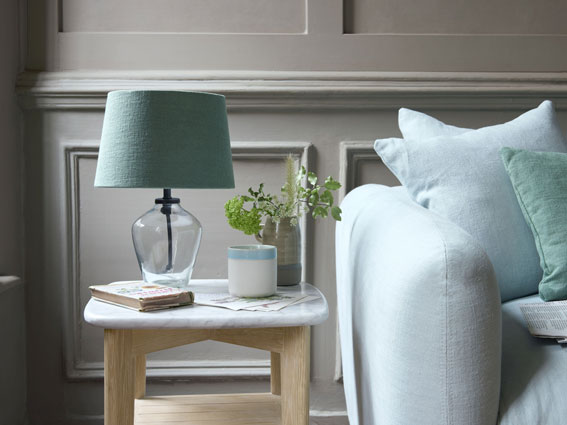
8. Small Flagon Table Lamp in Thyme Green Vintage Linen, £135, Loaf
With a clear base and linen shade in Mediterranean thyme green, not only does this lamp sit well next to a sofa in a similar shade, but you can ‘switch on’ to the herb’s medicinal benefits, with the soothing effects of ambient lighting.
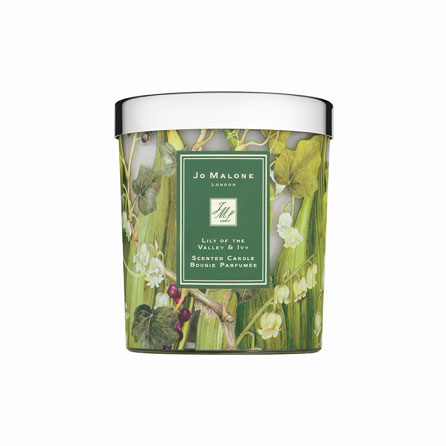
9. Lilly of the Valley & Ivy Charity Candle, £49, Jo Malone
Softly scented and blending wellness with whimsy, this gorgeous Jo Malone candle channels Lilly of the valley with cassis, narcissus and cool green ivy notes, such as herbs and foliage. An added bonus, a donation equal to 75% (less VAT) goes towards charities and projects supporting mental health.
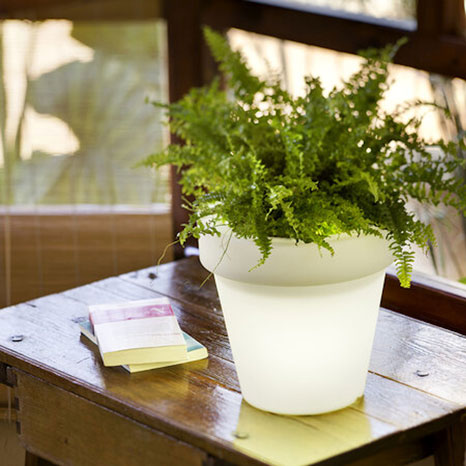
10. Magnolia Solar Smarttech Illuminated Plant Pot – Small, £135, Amara
Suitable for indoor and outdoor use with four flash settings, your favourite fern will love basking in the spotlight.
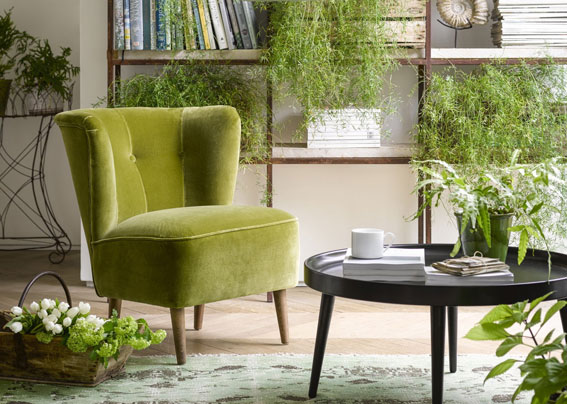
11. Betty Armchair in Olive, from £330, Sofa.com
Fashioned on a mid-century cocktail chair with a curved, padded back, rounded edges and a plush seat, style Betty with hanging grasses and a trug of dried woodland flowers to weave it all together. Did someone say grasshopper cocktail?
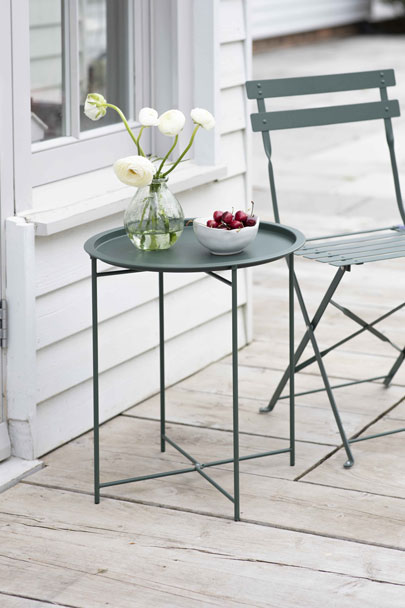
12. Garden Trading Rive Droite Bistro Tray Table in Forest Green Steel, £30, and matching Bistro Chairs, £80 for two, Garden Trading (available from June 7)
Practical and space saving, this foldable bistro table with detachable tray and matching chairs will pimp up a patio or tinsy lawn, plus we love the simplicity of steel.
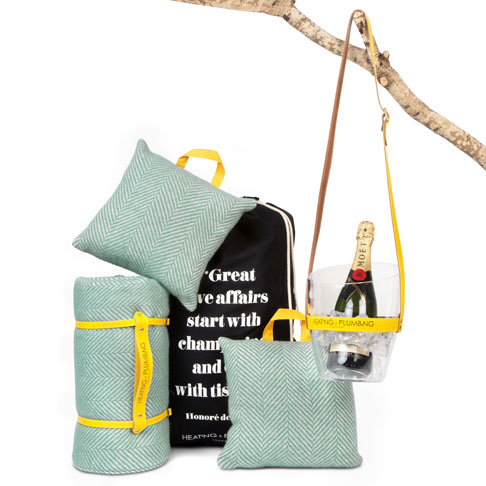
13. Heating & Plumbing London Pure New Wool Picnic Blanket – Mint Green & Yellow, £125; matching Waterproof Outdoor Cushion in Pure New Wool, £44.50; ‘Keep Your Cool’ Champagne Bucket – Yellow Leather Strap, £85, Heating & Plumbing
Heating & Plumbing have done all the hard work for you and foraged three vital ingredients to make your garden party a chilled – and cosy – celebration. And you can always branch out and hang the champagne bucket from a pretty parasol to enjoy the first sip, and toast those slow days of summer, in the shade.

